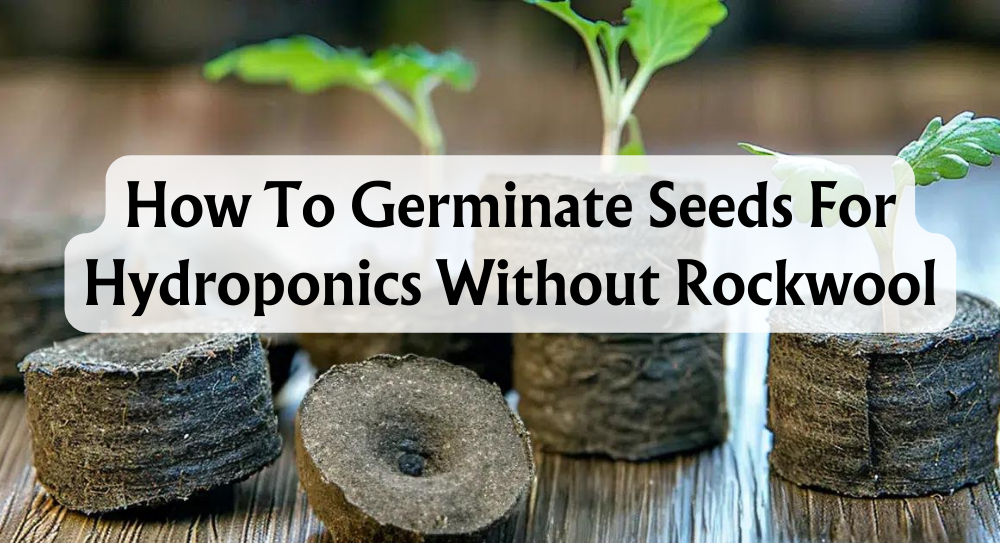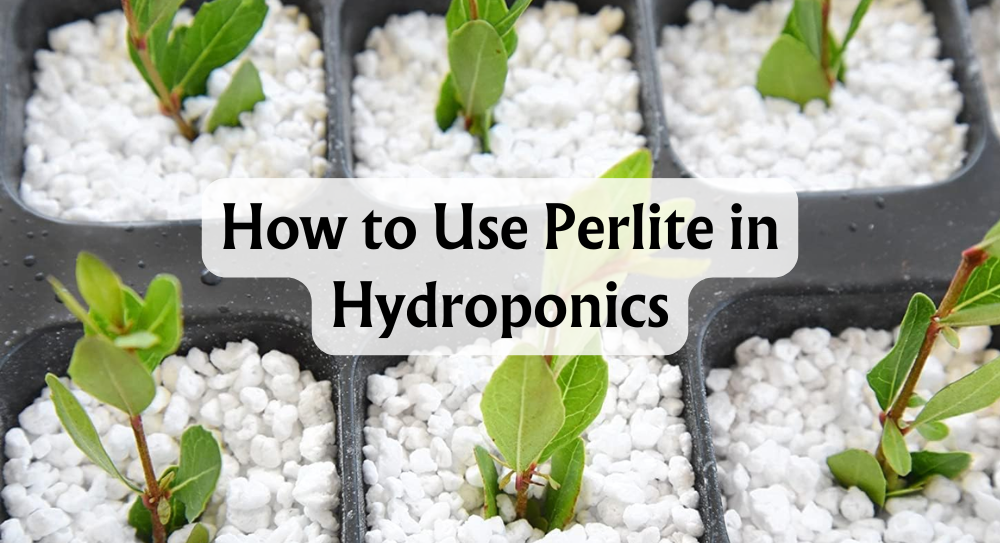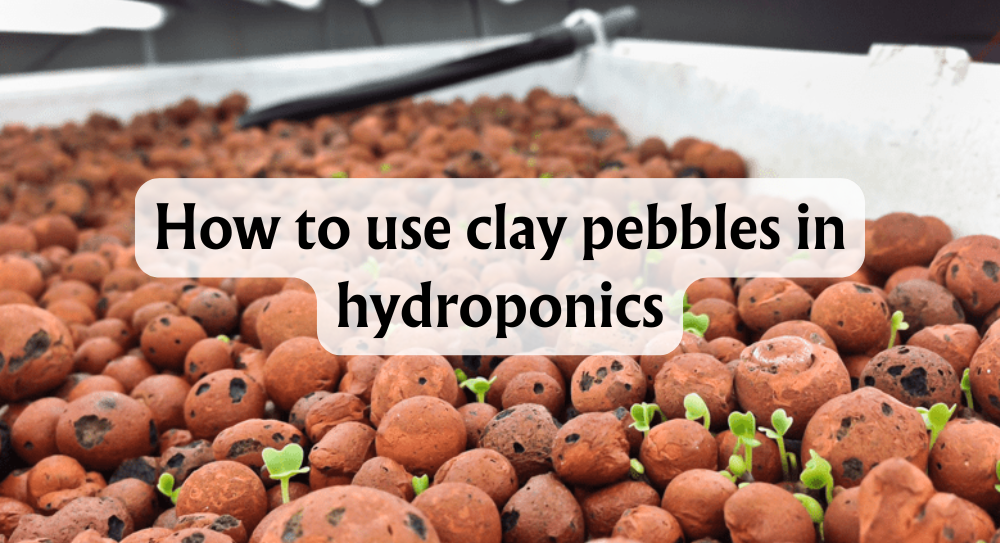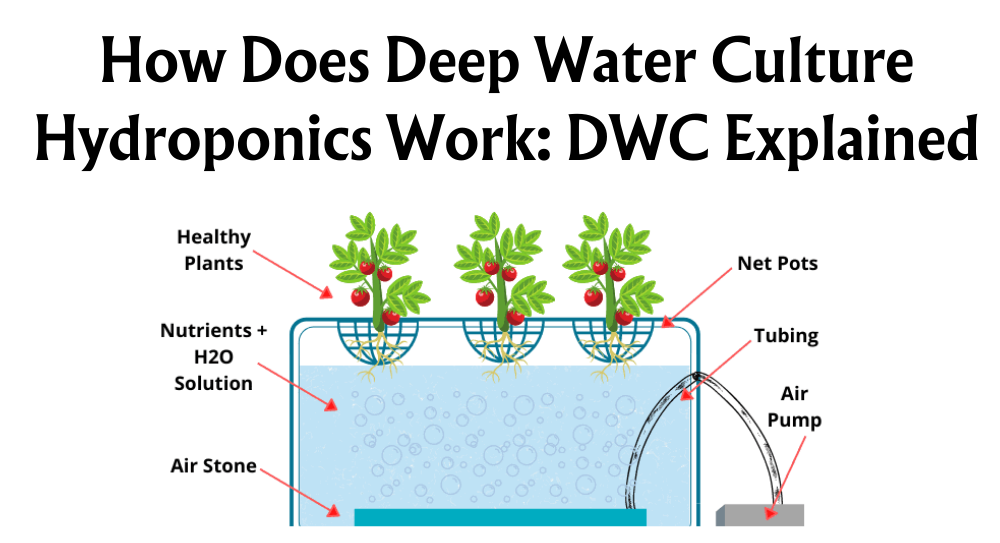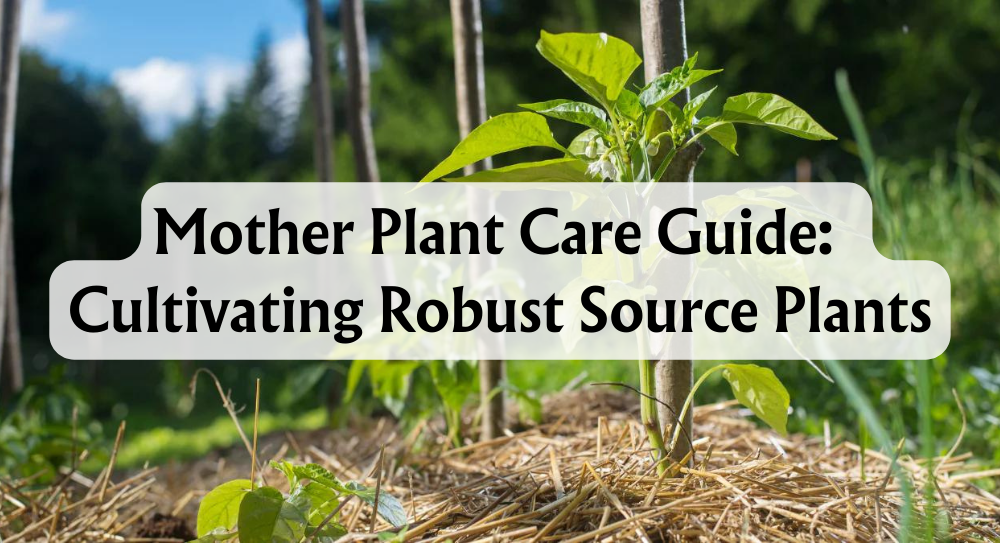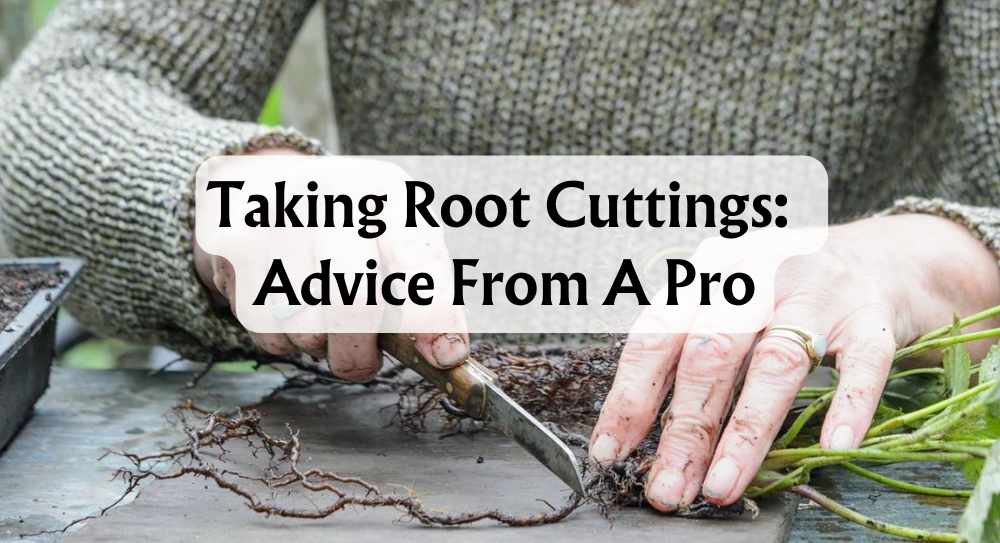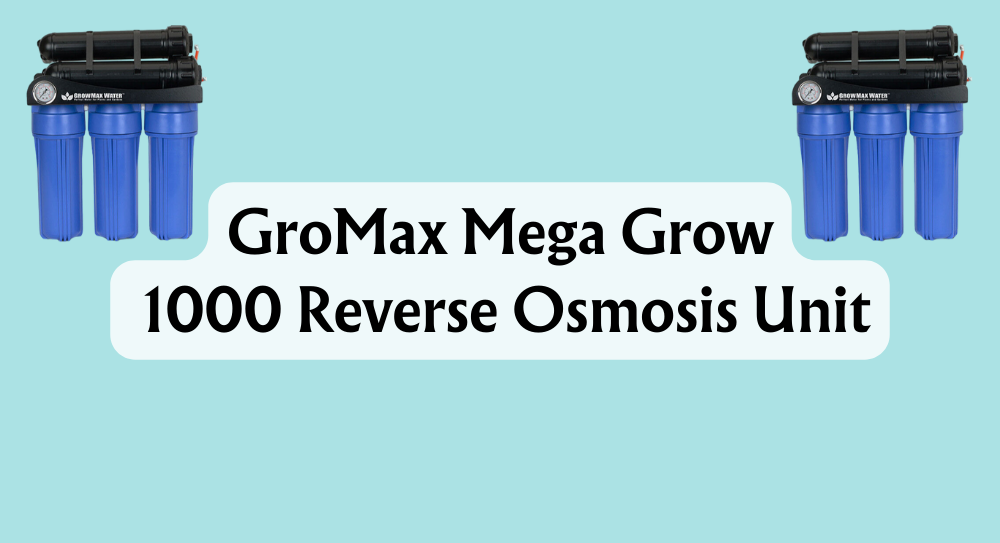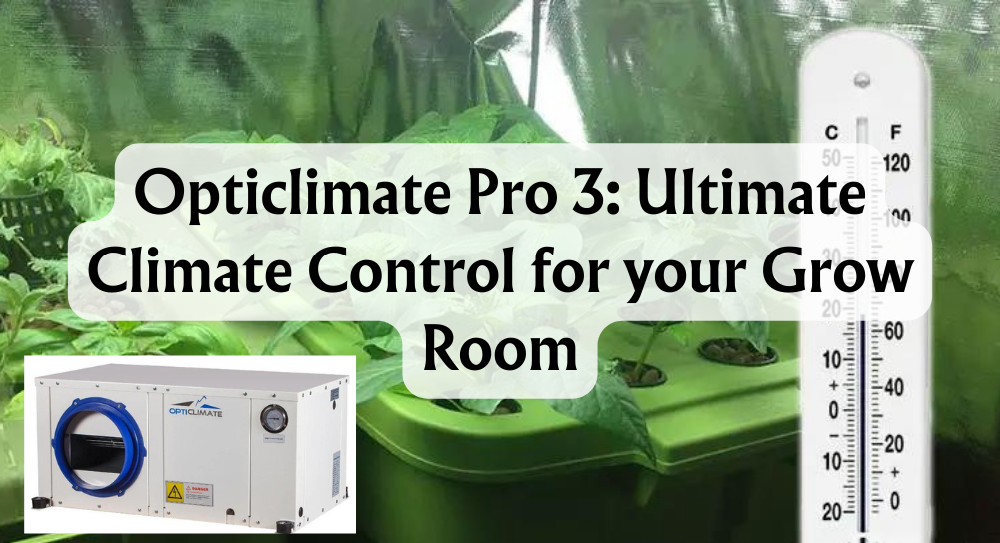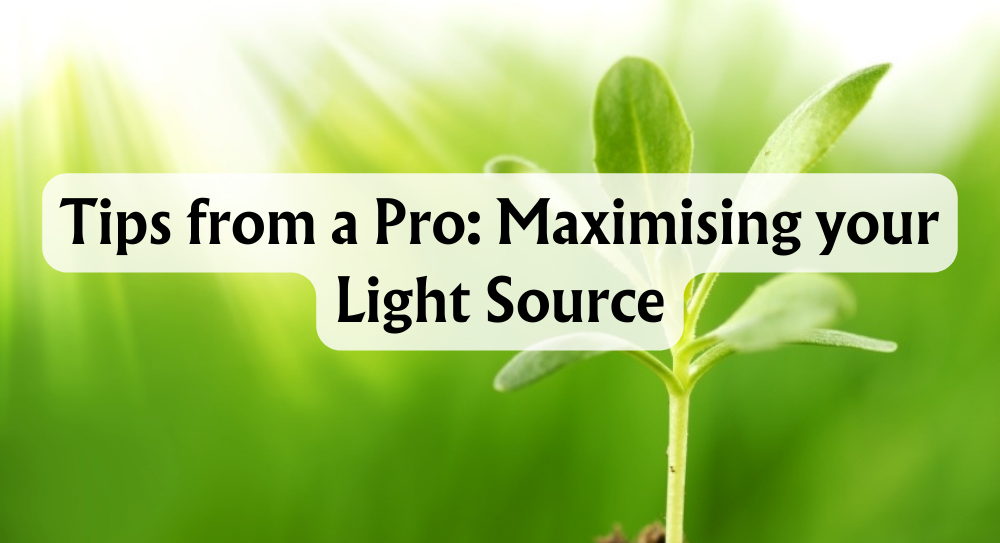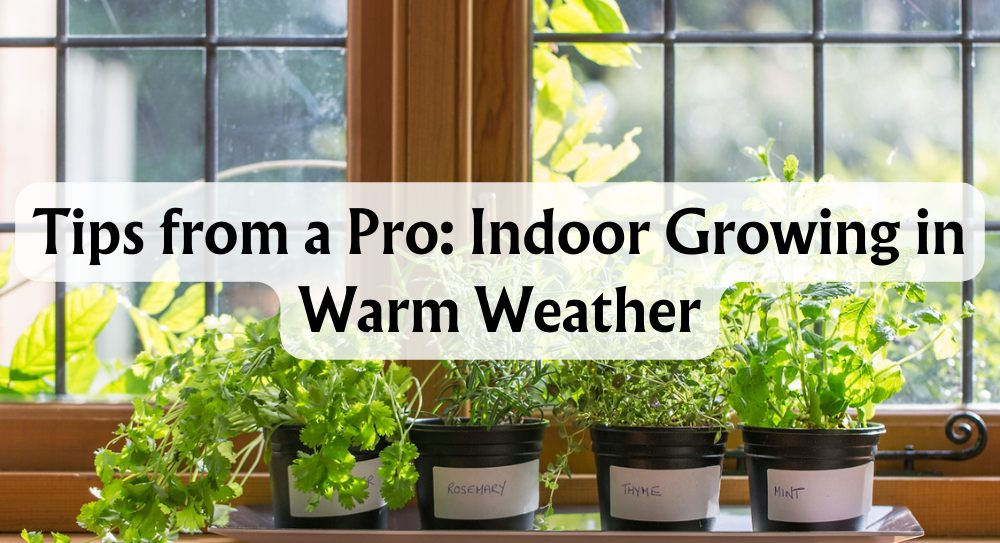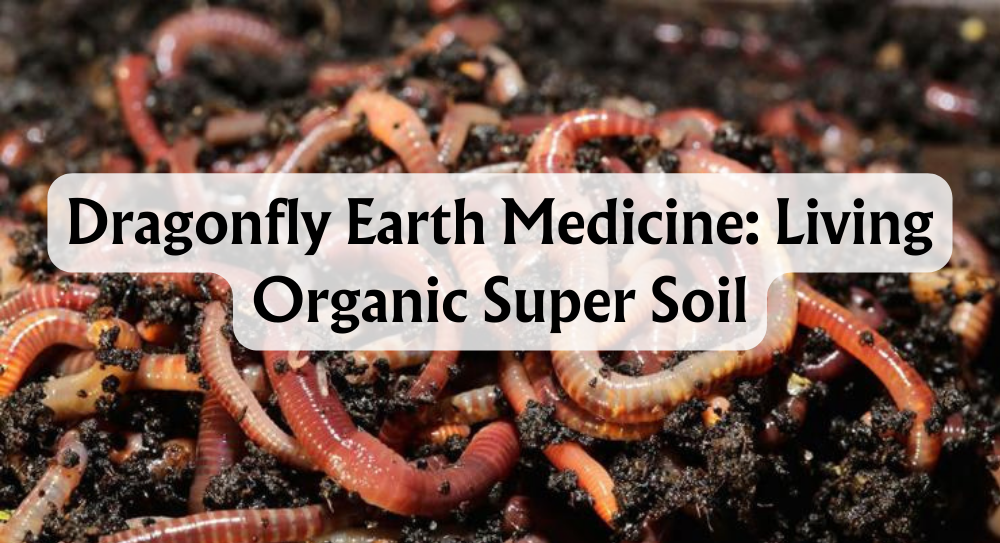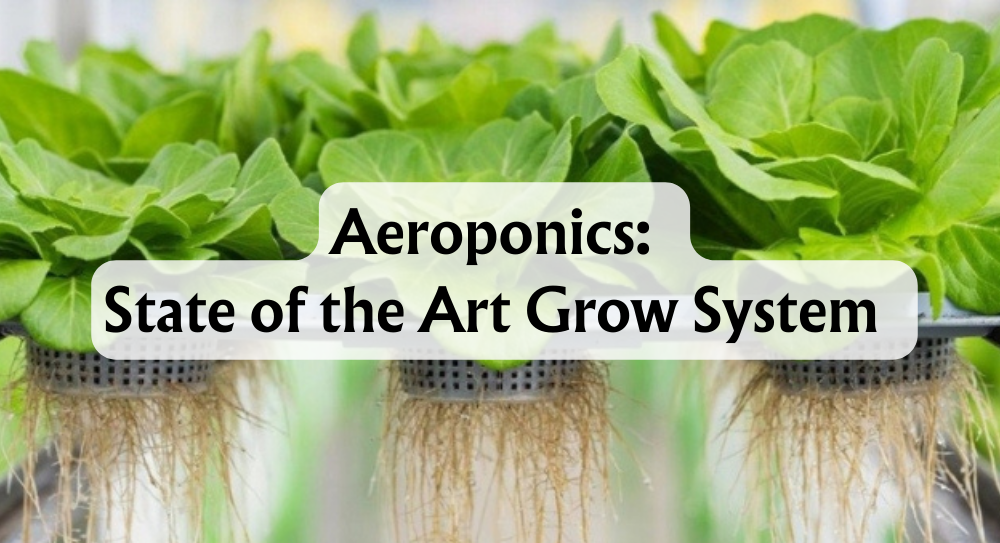How to Germinate Seeds for Hydroponics without Rockwool
Imagine cultivating your favourite plants using nothing but water and nutrients, a method that's both space-saving and remarkably water-efficient. This is the essence of hydroponic gardening, where soil takes a back seat and water becomes the star, delivering a precise cocktail of nutrients to the roots of plants.
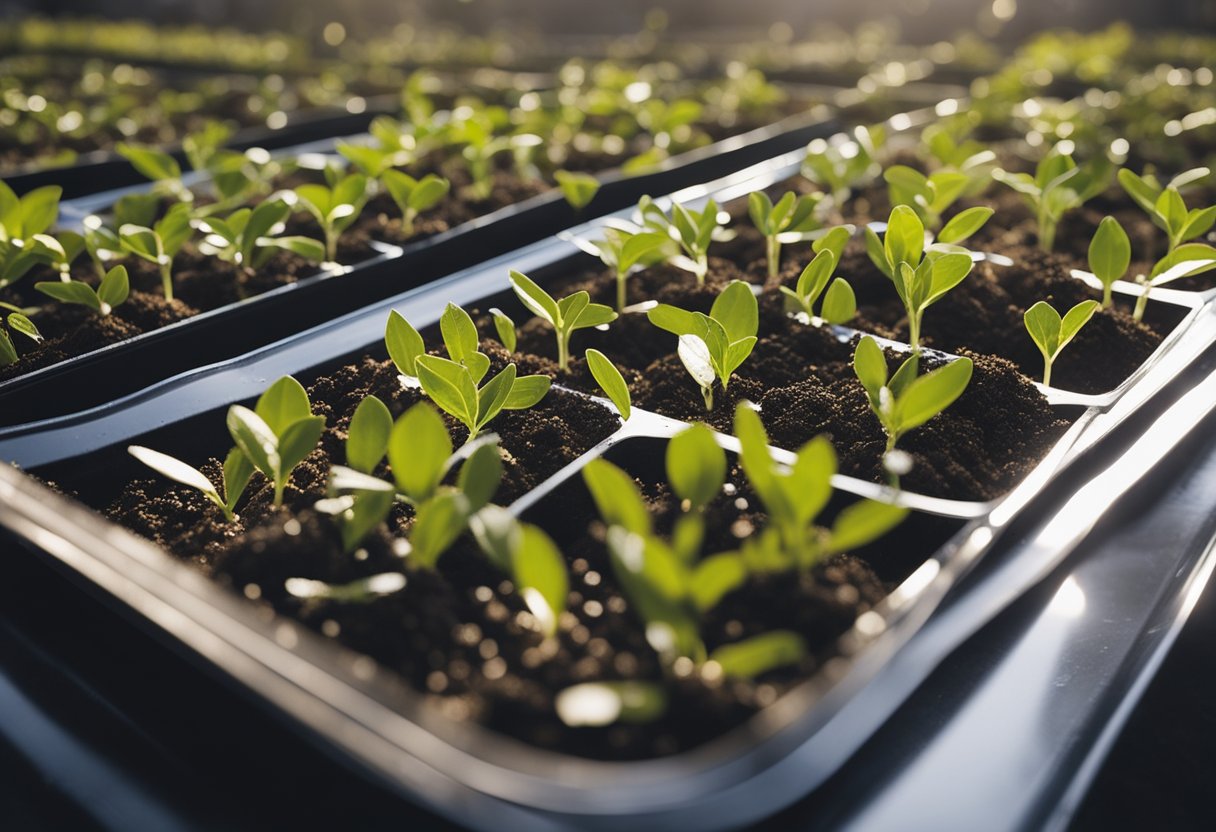
We're exploring the exciting journey of seed germination in hydroponic systems without the reliance on Rockwool, a staple starting medium which some gardeners are keen to replace due to environmental or cost-related concerns. With the growing interest in sustainable alternatives, this article serves as your guide through various other materials that can support the early life stages of your plants. We'll dive into the what, the how, and the alternatives, offering insights into each method's perks and downsides.
By the end of this read, you'll be an equipped grower with practical knowledge to start your hydroponic gardening adventure, and confidently germinate seeds without resorting to rockwool. We aim to turn what may seem like a challenge into an opportunity to experiment with a variety of eco-friendly and accessible materials.
Key Takeaways
- Hydroponic gardening maximises space and nutrient efficiency by ditching soil.
- Alternative materials can replace rockwool for starting seeds in hydroponic systems.
- Germinating without rockwool offers an opportunity for sustainable and innovative gardening practices.
What Is Hydroponic Seed Germination?
Hydroponic seed germination is all about sprouting seeds without a speck of soil, coaxing those little powerhouses into life using just water and a lot of love. Now, for seeds to go from tiny specks to thriving seedlings, they need four things – and we provide them all in a soilless setup. Check them out:
- Moisture: The elixir of germination, it kick-starts the process by waking up the dormant seed.
- Oxygen: Just because seeds are underwater doesn't mean they don't breathe! They need oxygen to fuel their growth.
- Temperature: Just like Goldilocks demanded it – not too hot, nor too cold. A comfy warmth makes the perfect seed-snug.
- Light: After the initial break-free from their shell, seedlings crave some sunshine, or at least some grow light glow.
Getting excited about the benefits? Let's count them! It's fast, comes with the utmost simplicity, and it's clean. No muddy footprints in the house. And we're not even at the best part yet – the plants are often healthier and stronger. What more could we ask for?
How To Germinate Seeds In Hydroponics
Let's chat about germinating seeds the hydroponic way. We’ll need to get a few things sorted: the seeds, our hydration station, and where we’ll be sprouting these babies.
Firstly, we've got to be choosy about our seeds. Not all seeds are ready to jump into a water-based life without a little prep work. Some may need soaking, others a good scratch (scarifying), or even a chill period (stratifying) to break dormancy.
Once we have our seeds, we’ll whip up a nutrient solution. But keep it mild and balanced – these little guys are just starting out. The pH level? We’re aiming for the sweet spot between 5.5 and 6.5, to ensure they can take in all the goodness we're offering.
Now let's talk about our seed's first crib, the substrate. We don’t need to grow seeds in rockwool; we have plenty of ways to germinate seeds with options like the coco coir, airy perlite, or moisture-retaining vermiculite. We can use starter plugs, net pots, or even a simple germination tray.
We nestle our seeds into their chosen nook, creating a snug and hospitable space. Humidity and warmth are key – we might use a propagation dome, a gentle heat mat, or even a DIY plastic bag tent.
It's crucial we keep tabs on our seeds, watching for that oh-so-exciting root-and-shoot emergence. And when they're ready, it’s moving day! We'll transplant our germinated seeds into their hydroponic system.
Remember, a little patience and close observation go a long way. Welcome to the world of hydroponic seed germination – and it's not all about using rockwool!
Substitutes For Rockwool
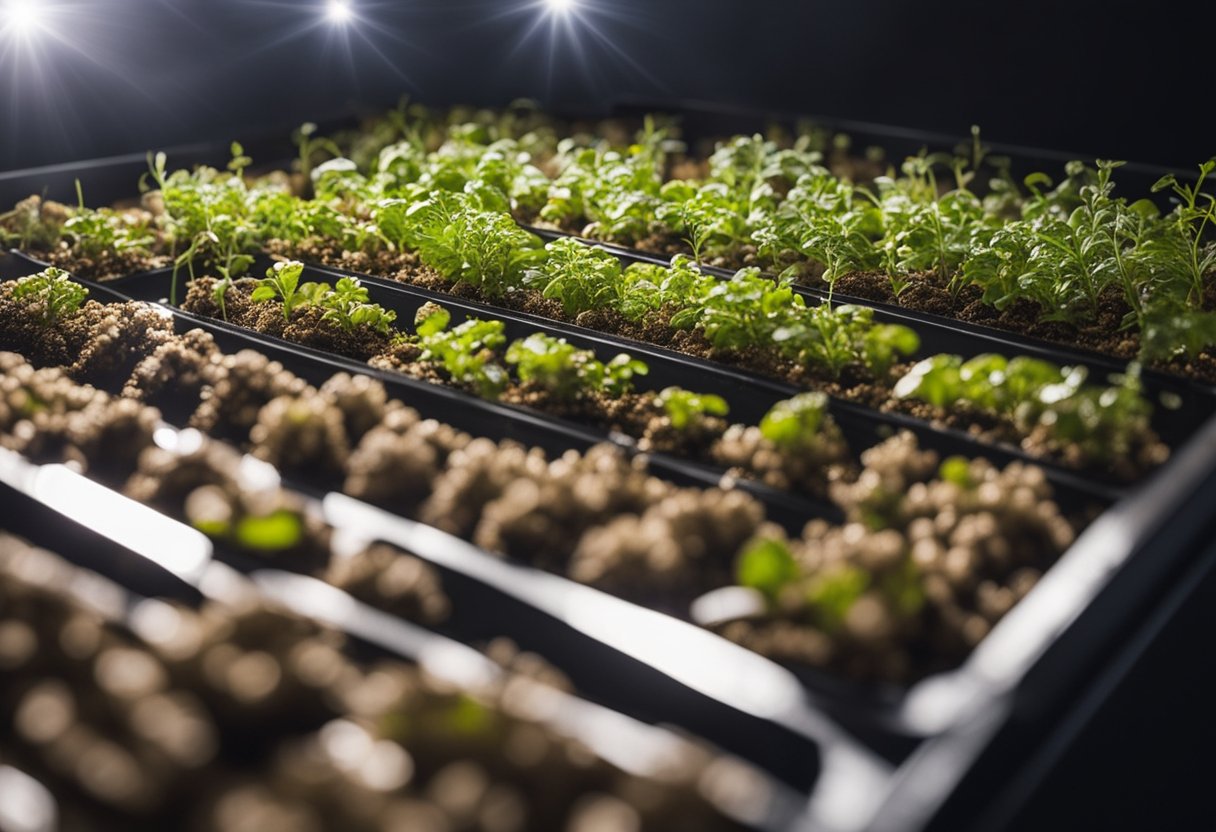
When we start our seeds without soil, Rockwool is the go-to for many of us due to its excellent water retention, aeration, and neutral pH. However, it comes with downsides like environmental concerns, potential health hazards, and cost. However, there are plenty of other materials that can step in as eco-friendlier, health-conscious, and budget-savvy alternatives.
Coco Coir
Coco coir, made from the fibrous husks of coconuts, is a reliable and sustainable rockwool substitute, boasting high moisture levels and good aeration. While it's organically beneficial, it may require some extra prep like washing and buffering to really shine.
Coco Peat
Coco peat—just coconut coir in a fined-down form—holds moisture well and has a perfectly neutral pH. It's sustainable and biodegradable, but like its coarser cousin, it may need a good wash and potential mixing with other media to truly excel.
Sawdust
Let's talk sawdust. This biodegradable option is very affordable and usually easy to source. It requires a bit more effort in terms of sterilisation and possibly composting to avoid any issues with pathogens or nutrient imbalance.
Sand
Ever considered sand? It's inexpensive and provides great drainage, making it a simple alternative. As inert as they come, you'll need to sieve the sand and possibly mix it with other elements to reach optimal performance levels.
Brick Shards
Brick shards are an innovative, sustainable choice with good drainage, too. Ensure these are washed and crushed adequately to prevent sharp edges that might damage your systems or plants.
Grow Stones
Grow stones—glass-made stone-like—are not only sustainable but also reusable, offering splendid aeration and water retention. A quick rinse to adjust the pH and they're hydroponic-ready.
Rice Hulls
Rice hulls represent another sustainable, biodegradable choice for hydroponic growing. They don't hold water as well but are excellent for aeration. A bit of sterilisation goes a long way to ensure they're safe to use for germination.
Jigsaw Foam
Thinking outside the box, jigsaw foam pieces can be quite the sustainable and lightweight solution. They'll require a crafty touch to fit your hydroponic setup perfectly though.
Vermiculite
Vermiculite brings to the table superb water retention and aeration with a neutral pH to boot. This mineral-based material may just need a bit of sieving to regulate its size for your hydroponic system.
Perlite
Perlite is another mineral-based alternative with prime aeration and drainage, similar to vermiculite but lighter and with less moisture retention. A good rinse, maybe a sieve, and it's ready to help your seeds sprout.
Hydroton Pellets
Hydroton pellets, or LECA (Lightweight Expanded Clay Aggregate), offer excellent drainage and aeration. Durable and neutral in pH, they may need a wash to remove any fine dust before your seeds can call them home.
In our hunt for substitutes, we've found materials that are not only more environmentally friendly but also cater to individual system preferences and plant types. Each has its own set of unique characteristics balancing water retention, aeration, and inert properties, making them grand contenders as Rockwool alternatives.
Conclusion
Embarking on the journey of hydroponic gardening, we've discovered the joys and challenges of successful seed germination without the use of rockwool. By adopting sustainable gardening practices, we not only address environmental concerns but also foster cost-effective horticulture.
Alternative mediums for germination such as coco coir, perlite, vermiculite, and peat have shown us that we can reduce dependence on rockwool. These substances support the seed germination process by providing excellent aeration and moisture retention, essential for the early stages of plant growth.
- Coco Coir: Retains moisture and resists over-watering.
- Perlite: Ensures good aeration, promoting robust root development.
- Vermiculite: Balances moisture and nutrient retention.
- Peat: An organic choice, but consider pH adjustments for optimal results.
Germinating your seeds with these alternatives can effectively substitute rockwool, linking eco-conscious methods with efficacy.
Remember, maintain a pH level in the range of 5–6 for optimal growth. Maturing from a seed into a thriving plant in a hydroponic environment can seem daunting, but with these mediums, we make it manageable and rewarding. We've made it our mission to ensure you can embrace hydroponic gardening with confidence—knowing that sustainable methods are within your grasp.
To our fellow gardeners, let us celebrate our green-thumb achievements as we continue to push the envelope of what's possible in soilless agriculture.







 Store Locator
Store Locator
